
Latin Quarter is one of the most fascinating, yet not too much touristic place of Paris. We have designed an approximately 30 minutes walk to help you explore some of its most iconic places. Of course, it can take much more if you want to take your time and stroll around, so do not hesitate to go off the beaten track if you have more time.
The origin of the name dates back to the Middle Ages. Indeed, the University of Paris was founded there in 1150 (the third oldest university in Europe, after Bologna and Oxford). Until the 18th century, most of the classes were conducted in Latin in France and Europe: that's why the University area became "Quartier Latin". From that time, Quartier Latin is considered as the intellectual part of the town, where one's can find the highest concentration of librairies, universities, bookstores... There is an old Parisian proverb stating "sur la Rive Gauche on pense, sur la Rive Droite on dépense" (the left bank is for thinking, the right bank is for spending).
We suggest starting your walk from the metro station Cardinal-Lemoine (Metro line 10). From there, take the rue du Cardinal Lemoine. Don’t be surprised of the steep slope. You are actually climbing the “Montagne Saint Geneviève” which is a hill overlooking the left bank of the Seine river.
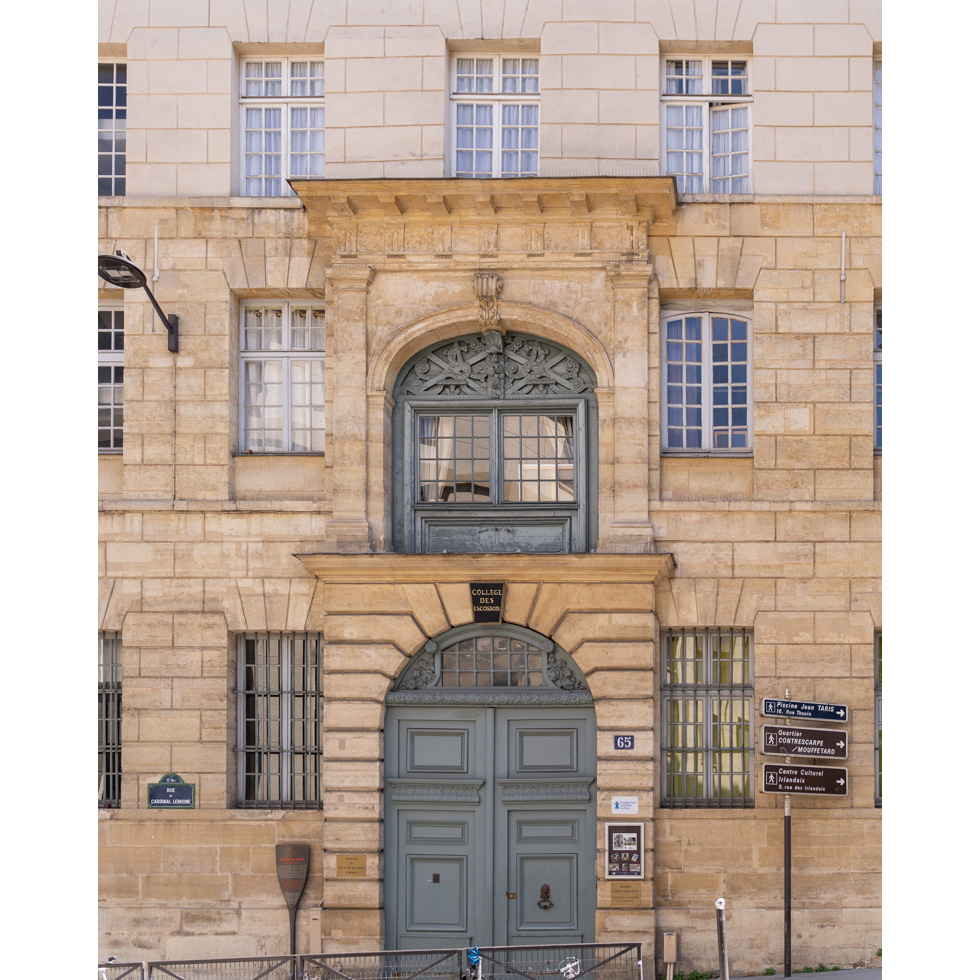
Pay attention to the number 65 of the street. This elegant building used to be the Collegium Scoticum (Scots College), founded in 1333. It is one of a number of national colleges into which the University of Paris was divided, and where the Scots students could stay. From the Middle Ages onwards, many foreign students come to study in Paris, it's nothing new! On the top of the upper window of the building, you can see the Scottish cross.
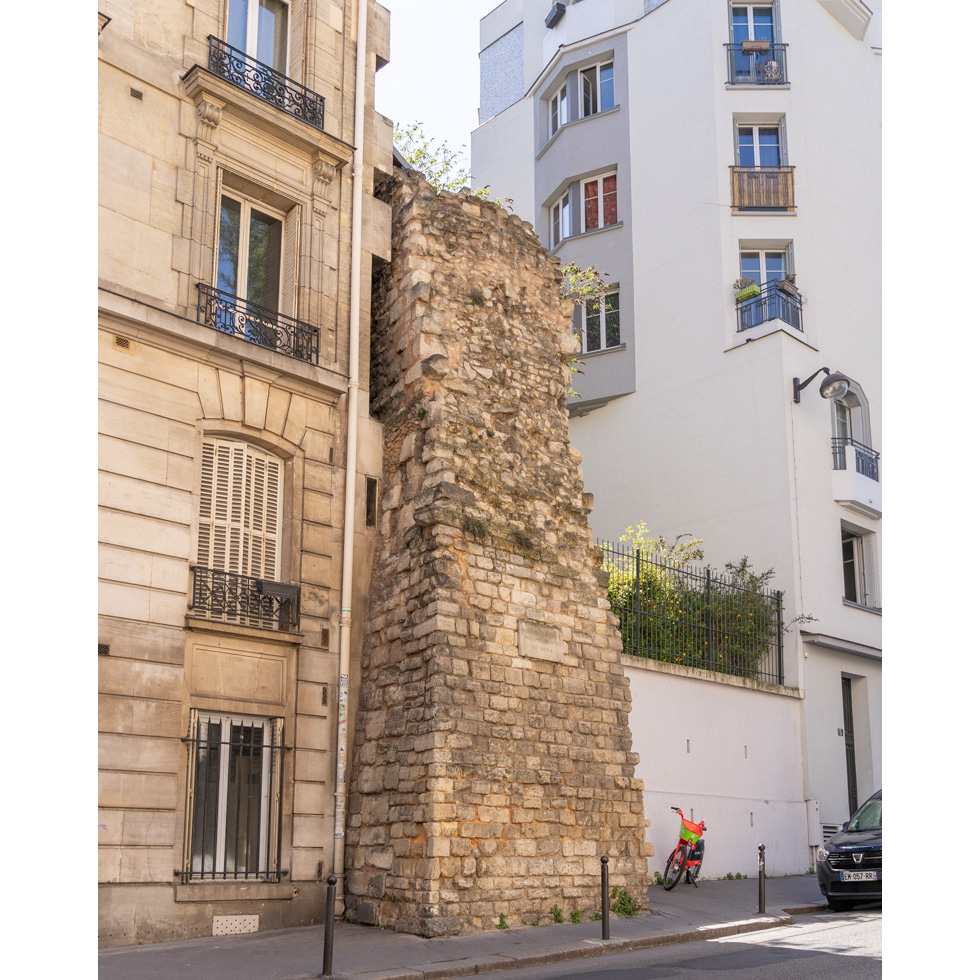
Turn right rue Clovis. You can see the remaining of the wall of Philippe II Augustus, fortified in the early 13th century. Paris used to finish there (at that time the city had only 80 000 inhabitants, but was the biggest city in Europe). Most of the wall was destructed when the city expanded during the 16th century.
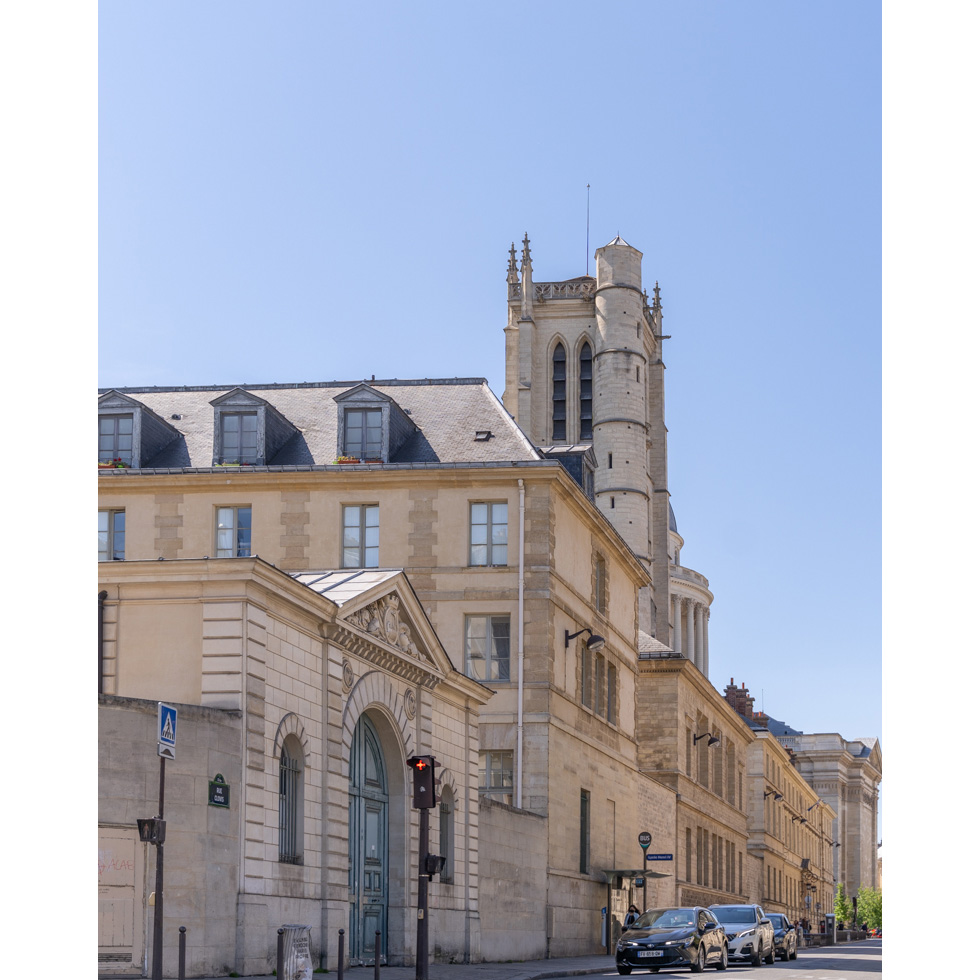
You can see the bell tower (called tour Clovis) of the former royal Abbey of St Genevieve. After the French revolution, it became the Lycee Henri-IV, a prestigious public secondary school, with famous alumni such as Michel Foucault, Jean-Paul Sartre, or Emmanuel Macron.
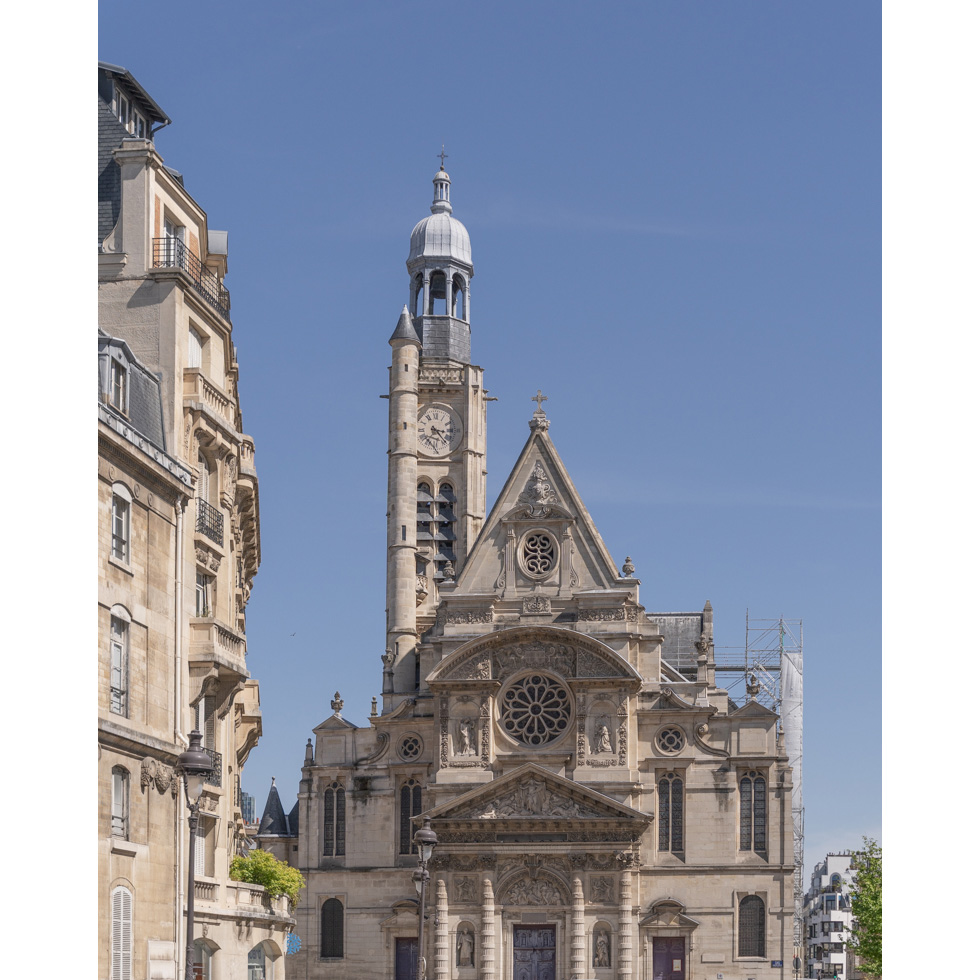
Before reaching the place du Pantheon, you can admire on your right side the church Saint-Etienne du Mont, a very unique mixture of Flamboyant Gothic style and Renaissance style. Do not hesitate to visit the interior of the church, which is majestic. The rood screen of finely carved stone is particularly remarkable, as well as the organ case sculpted in 1631 ( the oldest in Paris).
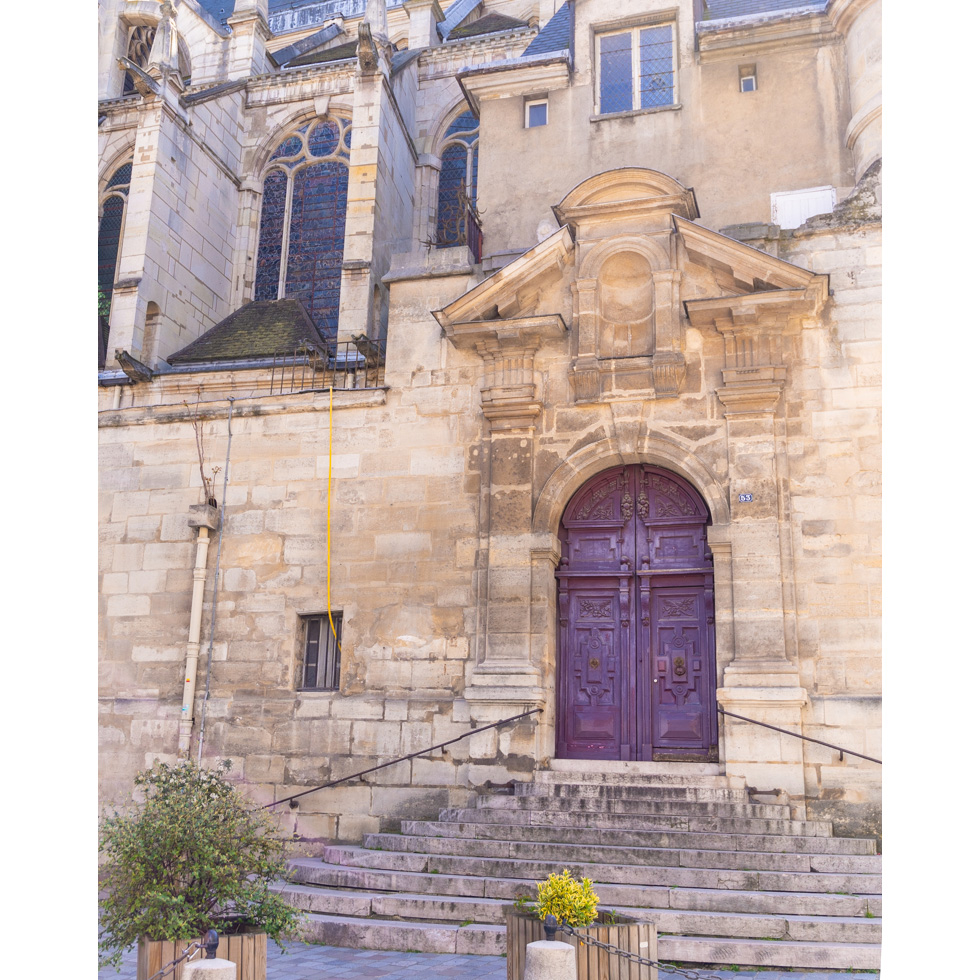
On the other side of the church (Rue de la Montagne Sainte Geneviève), pay attention to the street, and to the little staircase that leads to the lateral entrance of the church. Does it ring a bell in your Memory?
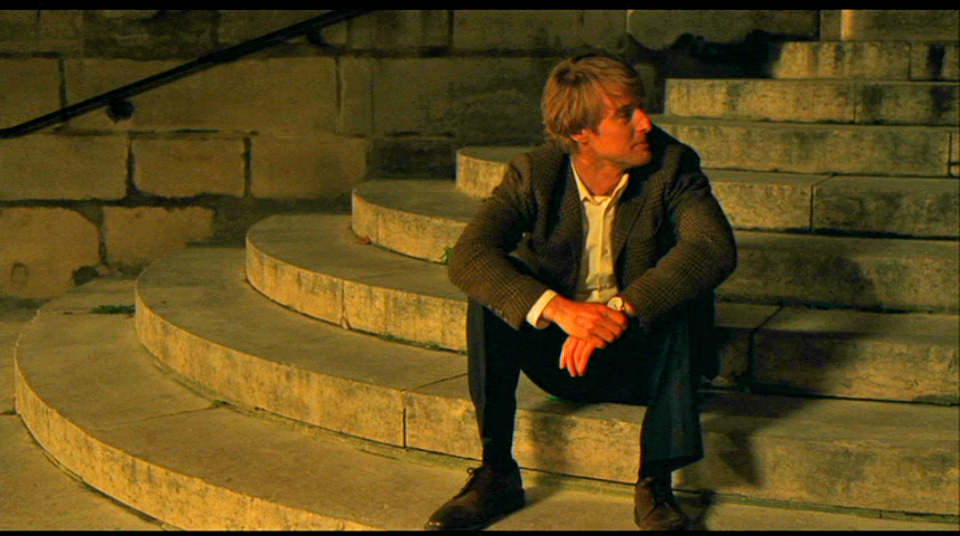
It's actually one of the most iconic spots of the movie Midnight in Paris (Woody Allen), where Gil (Owen Wilson) waits for the car that brings him to the 1920s when clock strikes midnight.
Place du Pantheon is a nice spot where many students from the nearby universities come to chill out. The place did not change much, as you can see from this postcard of the early 20th century:
The bibliothèque (Library) Saint Geneviève is one of the most popular ones among students: built between 1838 and 1851, the library contains around 2 million documents
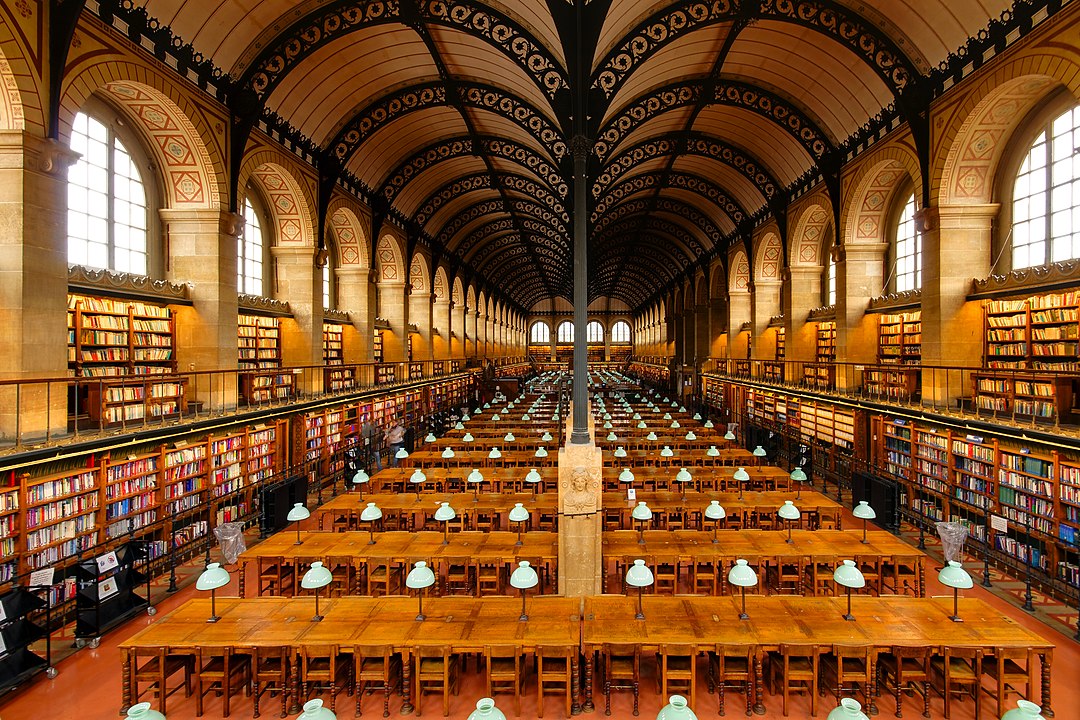
The primary decorative element of the facade is a list of names of famous scholars. If you have to visit the interior don't miss it, the reading room is gorgeous.
Of course, the main attraction of the area is the Pantheon itself. The edifice was built between 1758 and 1790, from designs by Jacques-Germain Soufflot, at the behest of King Louis XV of France. Originally, it was supposed to be a church dedicated to Saint Genevieve (the patron saint of Paris). However, during the French Revolution, it was decided to turn the church into a mausoleum for the remains of distinguished French citizens. There are around 80 famous people buried there, such as Voltaire, Rousseau, Hugo, Zola, Saint-Exupery, Marie Curie. The architecture of the Panthéon is an early example of Neoclassicism ( inspiration from the art and culture of classical antiquity). You can visit the interior Pantheon every day (10 am to 6 pm, 11,5€).
Before continuing, if you have more time you can turn around Pantheon and take street Clotaire to the Place de L'Estrapade.
You will find many shooting places of the series Emily in Paris, such as the Boulangerie Moderne. You can find more information in the article here.
Our walk goes on through Rue Soufflot (in front of the Pantheon main entrance). From there, you can have a view on the Eiffel Tower.
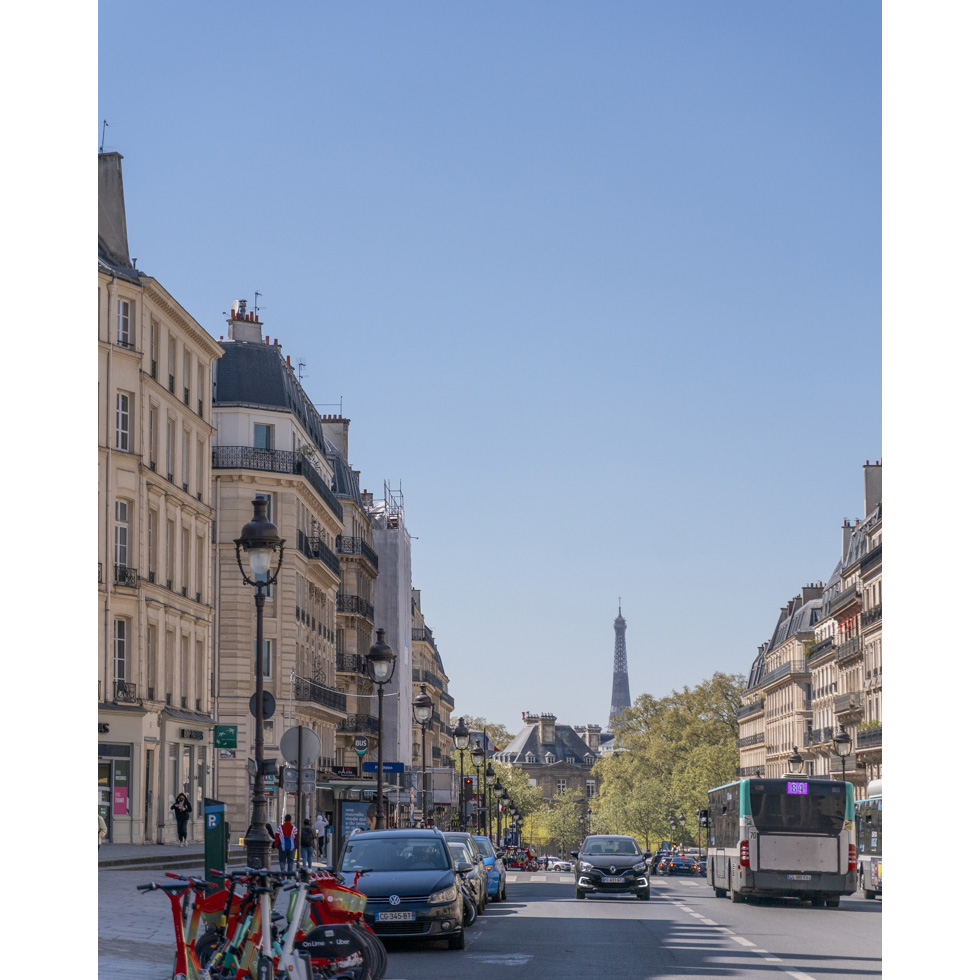
On you right side, you can see one of the buildings of Paris University (the Law School).
And you can see the main building of Paris Sorbonne in the street on the right (Rue Saint-Jacques), and more farther you can also glimpse Notre Dame de Paris.
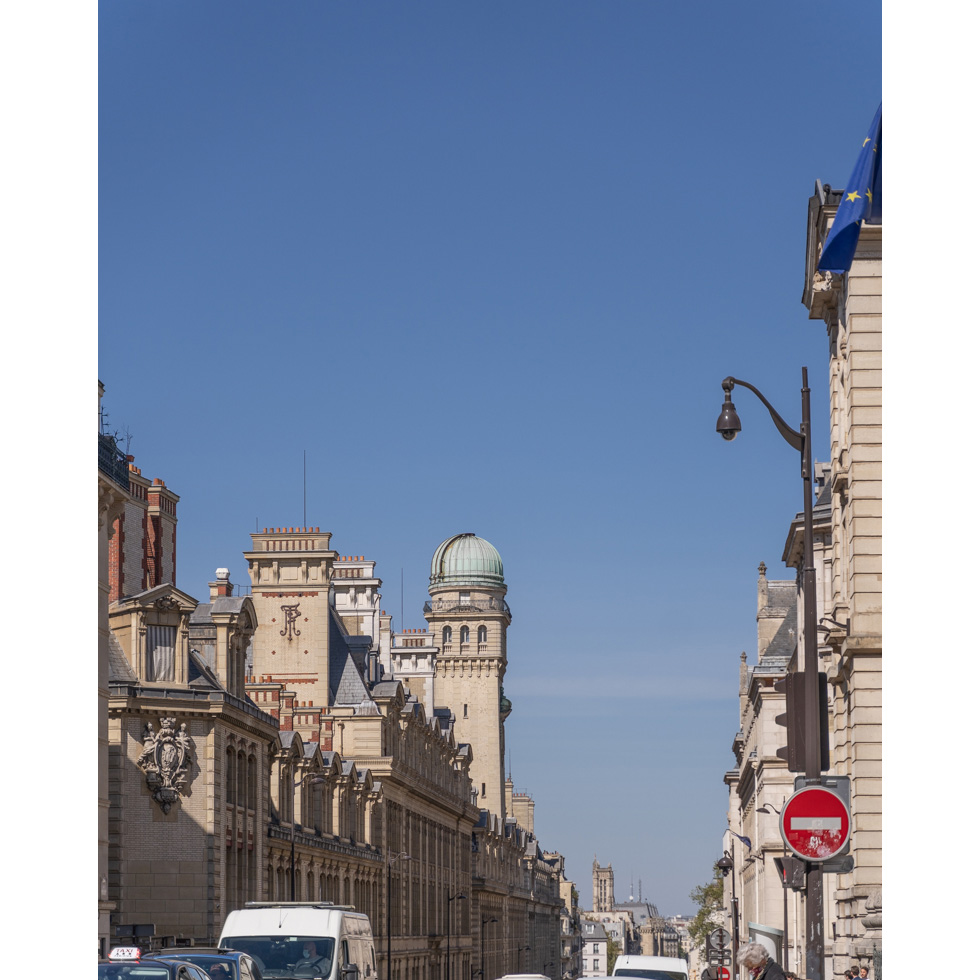
The green dome at the top of one of the towers of the University is The Astronomy Tower of the Sorbonne. In the nearby streets, you will find a lot of student bookshops: however, because of the continuous increase of the real estate in Paris, many of them (such as the iconic Gibert Jeune) have to move to cheaper areas.
In rue Soufflot, there are plenty of choices for having a nice break, with many nice coffee shops, as well as ice cream shops (such as Grom or La Fabrique Givrée).
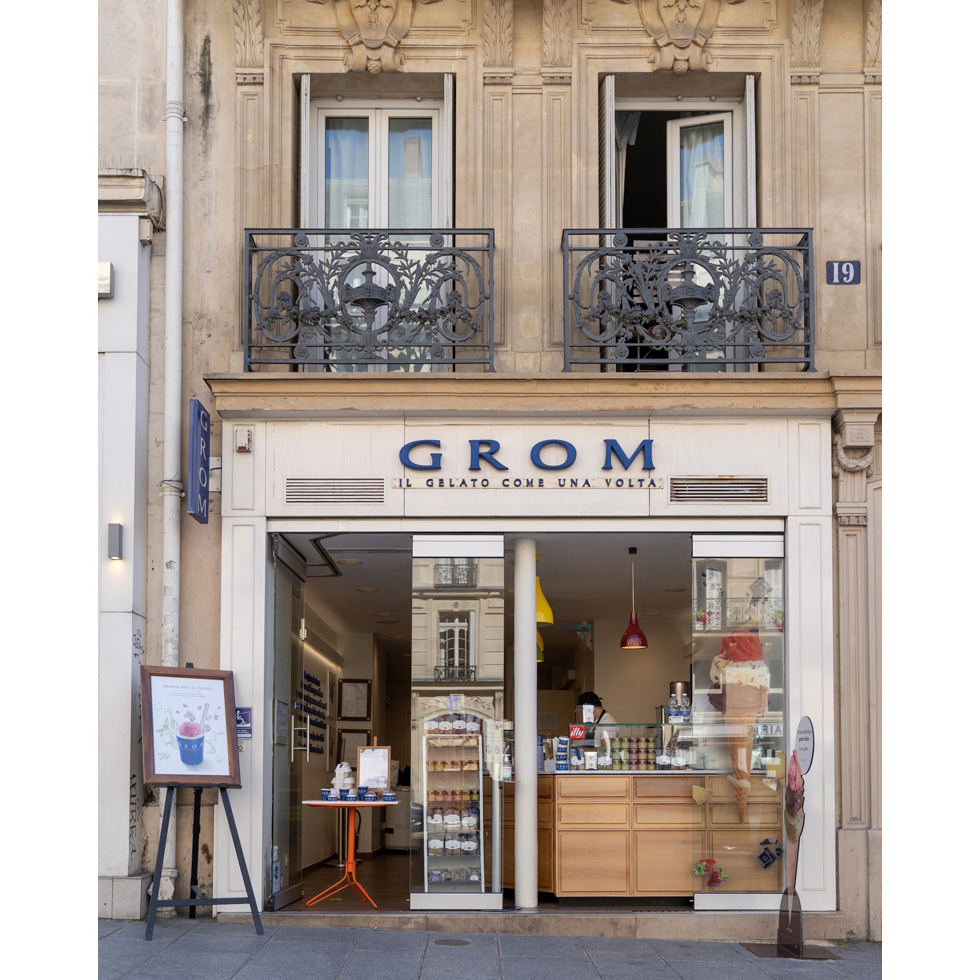
If you want to know more about the best ice-cream shops in Paris, check our article here.
Finally, you have reached the final spot of this walk, congratulations! at the end of Rue Soufflot, cross the boulevard Saint Michel and you will find the entrance of Jardin du Luxembourg.
Built in 1625, the Palais du Luxembourg was a residence for the Royal Family. Since the early 19th century, the building host the French Senate. Inspired by the Boboli Gardens in Florence, the gardens cover 25 hectares of land. The garden has 106 statues spread throughout the park, the monumental Medici fountain, the Orangerie, and the Pavillon Davioud. The garden opens between 7.30 am and 8.15 am, and closes between 4.30 pm and 9.30 pm according to season, and is well appreciated by both Parisians and tourists.
We hope you enjoyed this walk. If you have some energy and motivation left, it can be a good occasion to explore the Nearby Saint-Germain-des-Près area (click here to check our article about it).
Author: V. Sacau
Photos: Thanh Thuy Phan